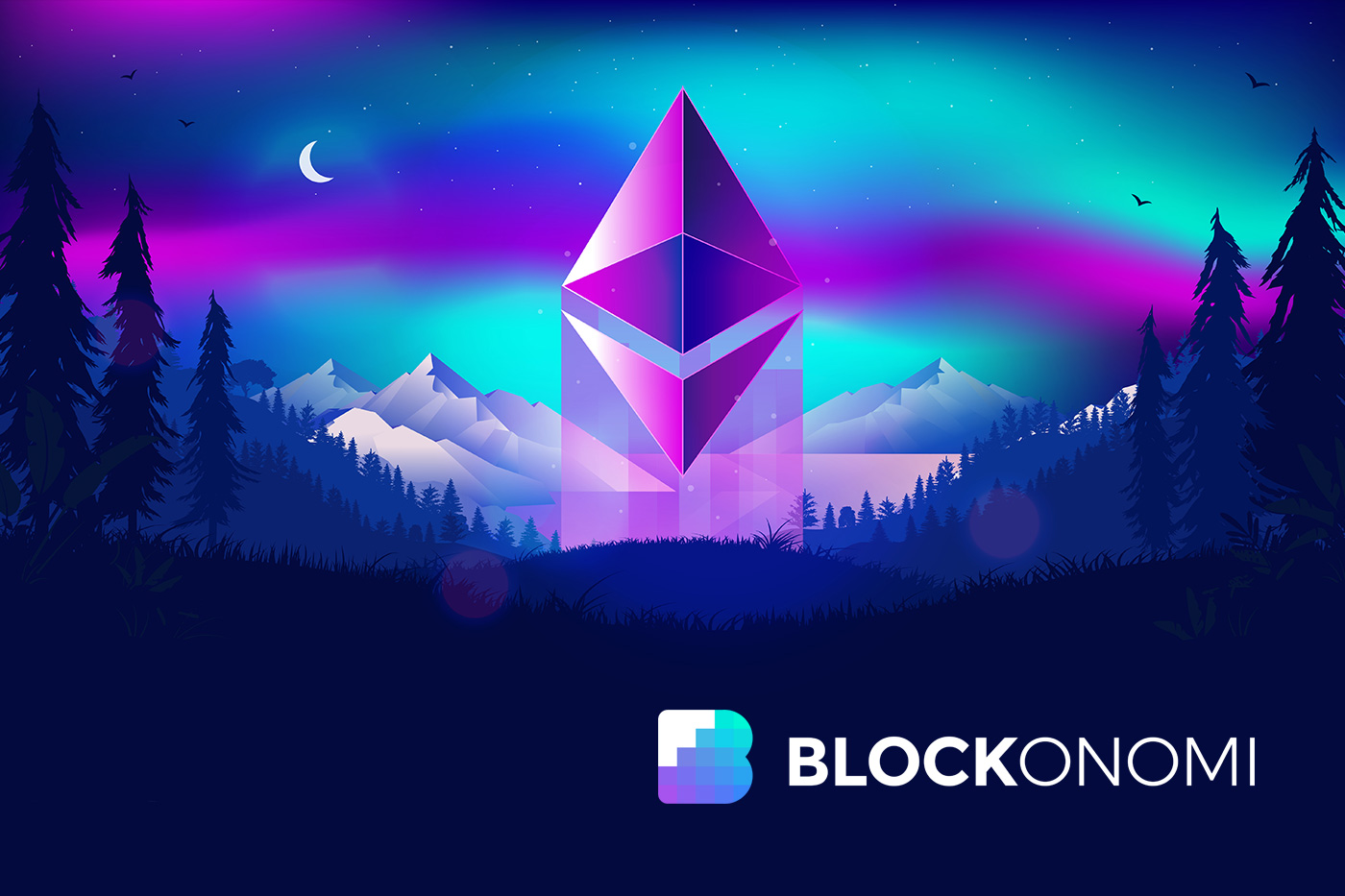Since cryptocurrencies exploded back in 2015, Ethereum has been a pack leader. Ethereum created an entire ecosystem of developers, entrepreneurs, investors, and users, all building on top of its blockchain. The Ethereum Foundation is also working to develop more tools for developers, and there are many other projects in development as well.
Ether is the second-largest cryptocurrency, with a market cap of approximately $519 billion, according to CoinMarketCap. With over 3000 Decentralized apps as of 2020, there is no doubt that Ethereum is one of the most popular blockchains in the world today.
However, due to its popularity and ever-increasing demand, Ethereum is faced with a growing number of problems, not least of which are scalability and congestion issues. In the past year alone, gas prices have risen over 54%, transactions are taking longer, and the overall network is becoming congested.
Ether (ETH), Ethereum’s native cryptocurrency, reached an all-time high of $4867 earlier in November, only to fall by more than 20% a month later. The long-term profitability of Ether remains strong as Ethereum seeks to transition from Proof of Work (PoW) validators to Proof of Stake validators (PoS) to make network transactions faster and cheaper.
To put things into perspective, currently, Ethereum processes 3x the transactions per day compared with Bitcoin, which means that Ethereum could probably handle hundreds of thousands of daily transactions.
But, for Ethereum to scale to the next level, we still need to solve its scalability issues. Innovative platforms developed Layer-2 to solve these constraints. So, what exactly are Layer-2 solutions, and is there a promising Ethereum Layer-2 solution for overcoming current limitations?
Ethereum Layer-2 Solutions
Layer-2 Networks, as the name implies, are networks that operate on the existing Ethereum network to provide additional functions such as payment scalability and off-chain computation. Layer-2 Solutions, in the form of smart contracts, help ease the congestion of the network, making transactions faster and gas prices cheaper.
Because the network’s capacity is limited, transaction fees rise and become more expensive as more users complete transactions. Solving Ethereum’s scalability issues with Layer-2 solutions increases the ease of cryptocurrency adoption and makes Ethereum available to the masses. For example…
Polygon
Polygon is a layer-2 solution for developing and connecting Ethereum-based blockchain networks, and has steadily gained popularity for its functional architecture, enabling faster processing speeds.
Driven by the surge of DeFi and NFT projects on its chain and financing from significant financiers such as billionaire Mark Cuban, Polygon has become a real option for many users. The Polygon system hosts the Augur forecast market and popular OpenSea NFT marketplace. Jointly, they manage billions of dollars in deals every month.
The Polygon chain can reach speeds of approximately 10,000 deals per second (TPS) which, when compared to Ethereum’s 30 TPS, the difference is substantial.
The Polygon multichain network also contributes to the Ethereum blockchain’s flexibility and security. The ecosystem has built much more than a way to make Ethereum scalable by leveraging Polygon’s token Matic, but also a network that may serve as a glue for the blockchains revolving around Ethereum.
Metis
Metis is building a decentralized, open-source network that can scale up to thousands of nodes. While anyone is welcome to contribute, the team behind the project also includes developers who have worked on Bitcoin Core and Zcash.
When Bitcoin first started, the average transaction speed was 10 minutes. Today, average transaction times have decreased to around two seconds because of the many people participating in the ecosystem. With Metis, the average transaction time should go down to less than one second, making it an appealing option to both businesses and individuals.
This increase in transaction volumes will lead to increased adoption and new business models utilizing smart contracts. Companies like Dharma, Airswap, and Augur are already beginning to implement tokens to compensate validators responsible for maintaining the integrity of the network.
Metis is building an innovative new layer-2 protocol that will enable millions of smart contracts to run simultaneously on the same blockchain. Their goal is to make it easy to deploy smart contracts on the Ethereum blockchain and is a highly secure and scalable network that will allow any user to launch a dApp or smart contract on the platform.
Additionally, you can run your own private chain or sidechain on Metis and take advantage of sidechains’ immediate liquidity, no transaction fees, and fast settlement times. Sidechains are controlled entirely in the hands of individual investors, organizations, and companies and aren’t limited to the number of tokens existing on the platform. They can have their own token, making them completely independent of the parent chain while still connected.
With Metis, there are no limits on how many transactions per second can occur on its network, and it doesn’t require mining or consensus among nodes. Instead, they create a unique token economy to reward both full nodes and validators for keeping the system running smoothly.
One of the most significant advantages of Metis is the accessibility and ease of use it offers developers and non-developers alike. You can easily integrate and use smart contracts without understanding the programming or needing to code. It takes care of everything; instead of writing code, you write smart contracts. While other platforms ask for thousands of dollars for every smart contract you want to build, Metis is free.
The Next Big Thing For Crypto
The emergence of Ethereum layer-2 networks and solutions suggests that Ethereum is not going away and will continue scaling and offering users increased functionality.
Layer-2 solutions have paved the way for Ethereum’s scalability, while ETH2.0 is still in the works. Without a doubt, layer-2 solutions that address scalability issues would help bring more value to the Ethereum blockchain. The primary goals of Layer-2 networks are to improve transaction speed and throughput, but Layer-2 solutions mustn’t jeopardize the security of the Ethereum blockchain.







































